Experts from the Institute of Energy have provided important information on environmental impact assessment for adjusting Power Plan VIII.
Development while ensuring environmental sustainability
Speaking at the workshop "Adjusting the National Power Development Plan for the 2021-2030 period, with a vision to 2050 (Adjusting Power Plan VIII) and the Strategic Environmental Assessment Report" to complete the project to be submitted to the Government, which took place this morning, February 17, Ms. Nguyen Thi Thu Huyen - Deputy Head of the Department of Environment and Sustainable Development (Institute of Energy) - shared: During the environmental assessment process, power source and grid development scenarios were carefully considered to ensure national goals on climate change, environmental protection and sustainable resource use. At the same time, compliance with current environmental regulations is also focused on to protect public health and socio- economic development.
Ms. Huyen emphasized that one of the main goals of the planning adjustment is to develop energy to meet socio-economic needs, while still ensuring environmental sustainability. The planning needs to prioritize the use of energy economically and efficiently, while limiting negative impacts on the environment and improving the quality of life. Cross-border, inter-regional and inter-provincial environmental issues will also be addressed through strategies to prevent, control and overcome environmental pollution, as well as adapt to climate change and ensure national energy security.
The Deputy Head of the Department of Environment and Sustainable Development also said that the strategic environmental assessment has been carried out in accordance with the national environmental protection plan for six regions and approved land and sea use planning areas. One of the important issues in this planning adjustment is the impacts of climate change, waste management, land use, natural resources and cultural heritage protection. In particular, Ms. Huyen pointed out that power development scenarios have been considered to minimize emissions and ensure climate commitments, while forecasting that the social cost of environmental impacts will be significantly reduced by 2050.
"In environmental protection, factors such as wastewater and solid waste from thermal power plants, hydropower plants, and nuclear power plants will be strictly managed and treated. One of the important initiatives is to recycle and reuse waste, especially ash and slag from thermal power plants, to minimize environmental impacts. By 2050, it is expected that the amount of ash and slag will no longer be a prominent issue as before," Ms. Nguyen Thi Thu Huyen pointed out.
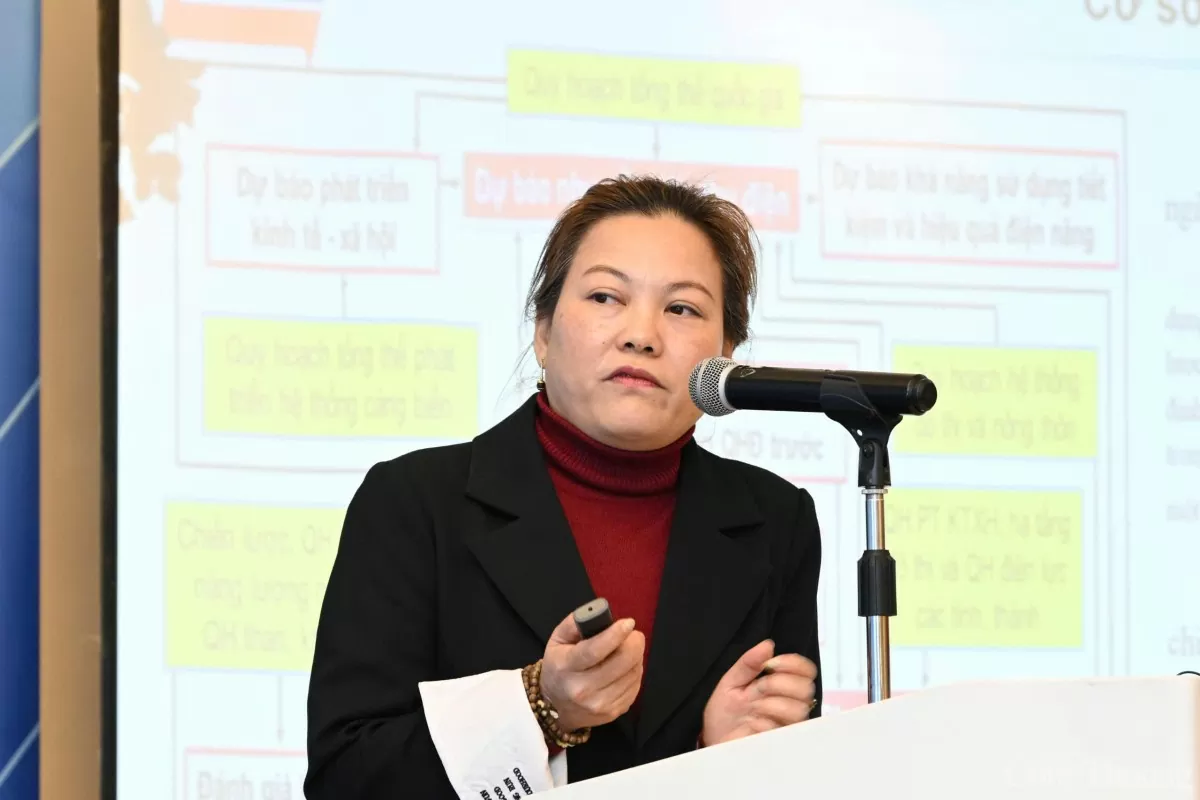 |
| Ms. Nguyen Thi Thu Huyen, Deputy Head of the Department of Environment and Sustainable Development (Institute of Energy). Photo: Can Dung |
Ms. Huyen also noted that the power development plan needs to be flexibly adjusted during the implementation process, especially regarding land needs. Although the land area has been reasonably allocated at present, careful consideration is needed to ensure feasibility in the next stages, especially the period from 2031 to 2050.
Solutions to minimize environmental impact
Ms. Nguyen Thi Thu Huyen analyzed the impact of power development on natural resources, cultural heritage and ecological environment. She emphasized that the development of power sources, especially hydropower, can directly affect water resources and natural heritage if not strictly controlled. Meanwhile, expanded hydropower and small hydropower projects will continue to be implemented within the current power planning framework.
For thermal power projects, the impact on natural resources is not too serious, but Ms. Huyen recommends that factors such as scale, capacity and measures to minimize environmental impacts should be carefully considered during the project selection process. She also mentioned the great risks from renewable energy projects, especially concentrated solar power and ground-based wind projects, due to the large land and water occupation that can change the natural ecosystem.
In the nuclear power sector, the impact on natural resources and natural heritage is negligible, but for power transmission projects, the risk of disrupting important ecological zones is an issue that needs to be noted. Ms. Nguyen Thi Thu Huyen said that developing power transmission in the context of adjusting power planning can cause difficulties in protecting ecosystems.
The Deputy Head of the Department of Environment and Sustainable Development also mentioned concerns about environmental pollution, especially air, water and soil pollution, due to the increase in the scale of thermal power projects. However, the adjustment of power planning has helped to reduce pollution and improve environmental quality in areas where power sources are developed.
Ms. Huyen also emphasized the issue of disaster risk management, especially in the context of climate change and natural disaster factors. Project selection and mitigation solutions must be carefully done to ensure adaptation and risk reduction for power infrastructure.
Regarding solutions to minimize environmental impacts in the process of electricity development, Ms. Huyen said that the Energy Institute has researched and proposed national targets to protect the environment, especially in provinces and areas affected by the adjusted electricity planning. Specifically, these targets include reducing the rate of toxic substances in air and water, treating wastewater to national standards, and improving the rate of renewable energy in primary energy consumption.
In addition, Ms. Huyen also emphasized that Vietnam's sustainable development targets need to be ensured, such as reducing dependence on fossil energy, reducing greenhouse gas emissions and protecting natural resources, especially forest ecosystems and water resources. She also proposed technological and management solutions related to wastewater and exhaust gas treatment at power plants, in order to achieve the goals of environmental protection and sustainable development.
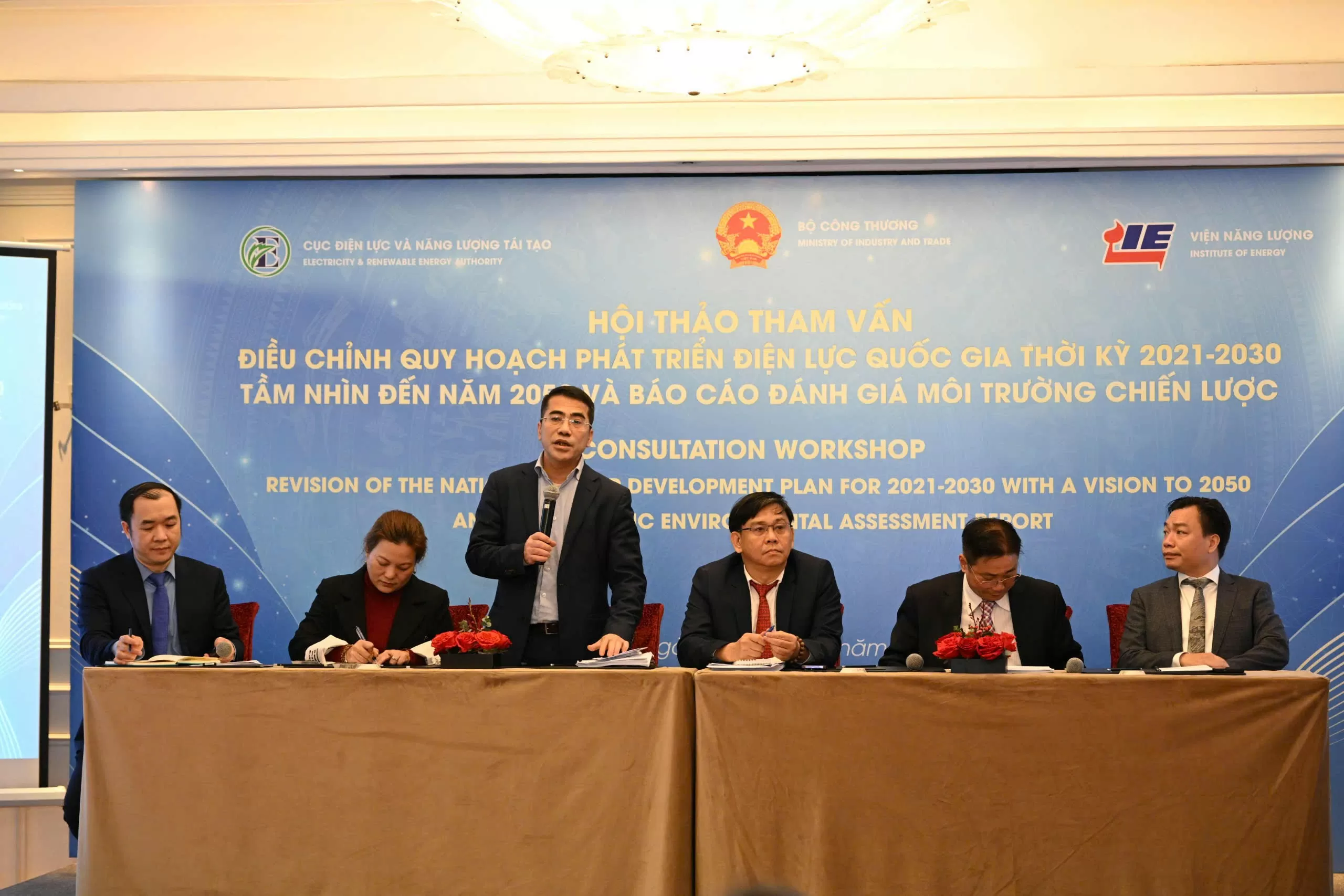 |
| Overview of the workshop. Photo: Can Dung |
At the same time, Ms. Huyen said that in the process of implementing the adjusted power planning, there will be scenarios for developing renewable power sources, such as solar power, wind power and nuclear power. These solutions aim to reduce pressure on land, water and raw material resources, while reducing greenhouse gas emissions and protecting the environment. However, the implementation of new nuclear power projects will also require a favorable investment mechanism and policies to meet international standards and commitments on environmental safety.
| Vietnam needs a major investment plan to achieve its environmental protection goals and meet international standards. At the same time, it needs to promote development cooperation and create human resources to cope with future trends of technological change and energy transition. |
Source: https://congthuong.vn/dieu-chinh-quy-hoach-dien-viii-xu-ly-tac-dong-moi-truong-ra-sao-374193.html


![[Photo] Comrade Nguyen Duy Ngoc holds the position of Secretary of the Hanoi Party Committee](https://vphoto.vietnam.vn/thumb/1200x675/vietnam/resource/IMAGE/2025/11/04/1762234472658_a1-bnd-5518-8538-jpg.webp)
![[Photo] The road connecting Dong Nai with Ho Chi Minh City is still unfinished after 5 years of construction.](https://vphoto.vietnam.vn/thumb/1200x675/vietnam/resource/IMAGE/2025/11/04/1762241675985_ndo_br_dji-20251104104418-0635-d-resize-1295-jpg.webp)


![[Photo] Ca Mau "struggling" to cope with the highest tide of the year, forecast to exceed alert level 3](https://vphoto.vietnam.vn/thumb/1200x675/vietnam/resource/IMAGE/2025/11/04/1762235371445_ndo_br_trieu-cuong-2-6486-jpg.webp)
![[Photo] Ho Chi Minh City Youth Take Action for a Cleaner Environment](https://vphoto.vietnam.vn/thumb/1200x675/vietnam/resource/IMAGE/2025/11/04/1762233574890_550816358-1108586934787014-6430522970717297480-n-1-jpg.webp)












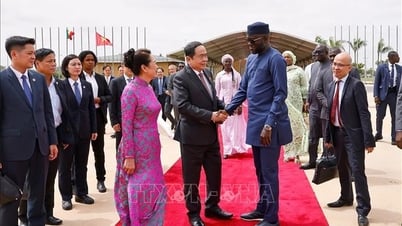


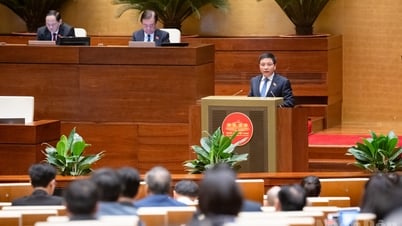
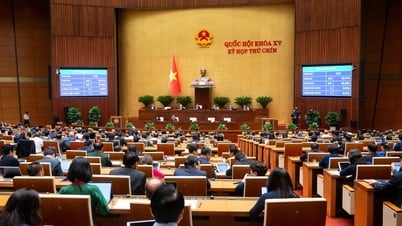




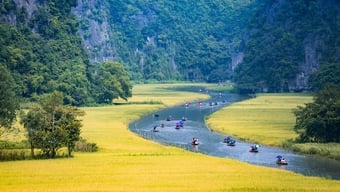






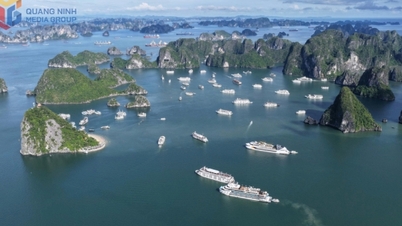


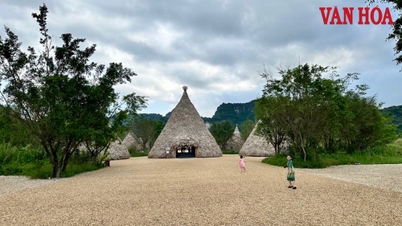


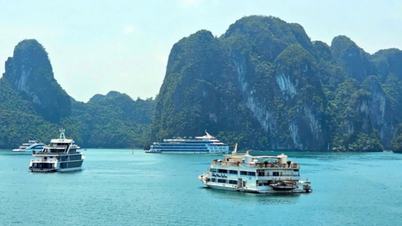






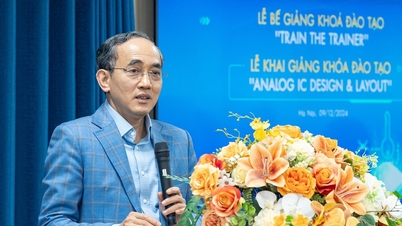





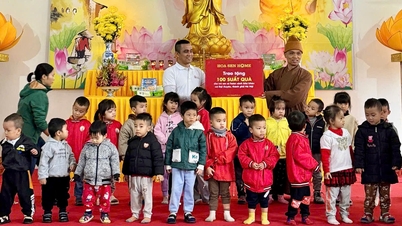

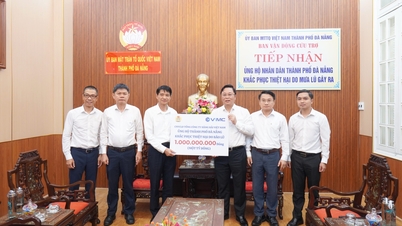

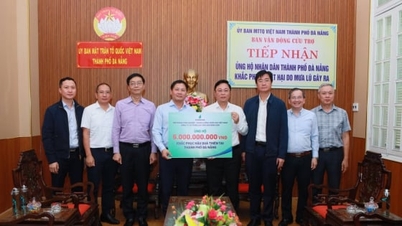


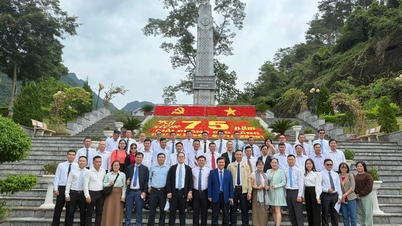

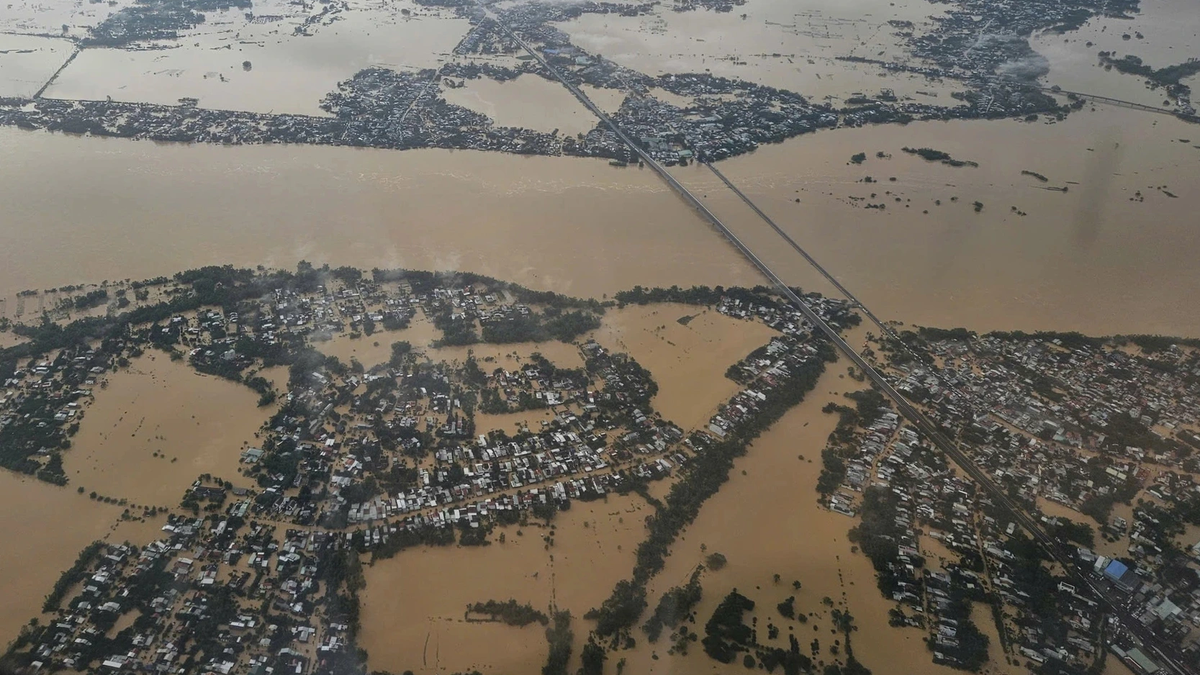

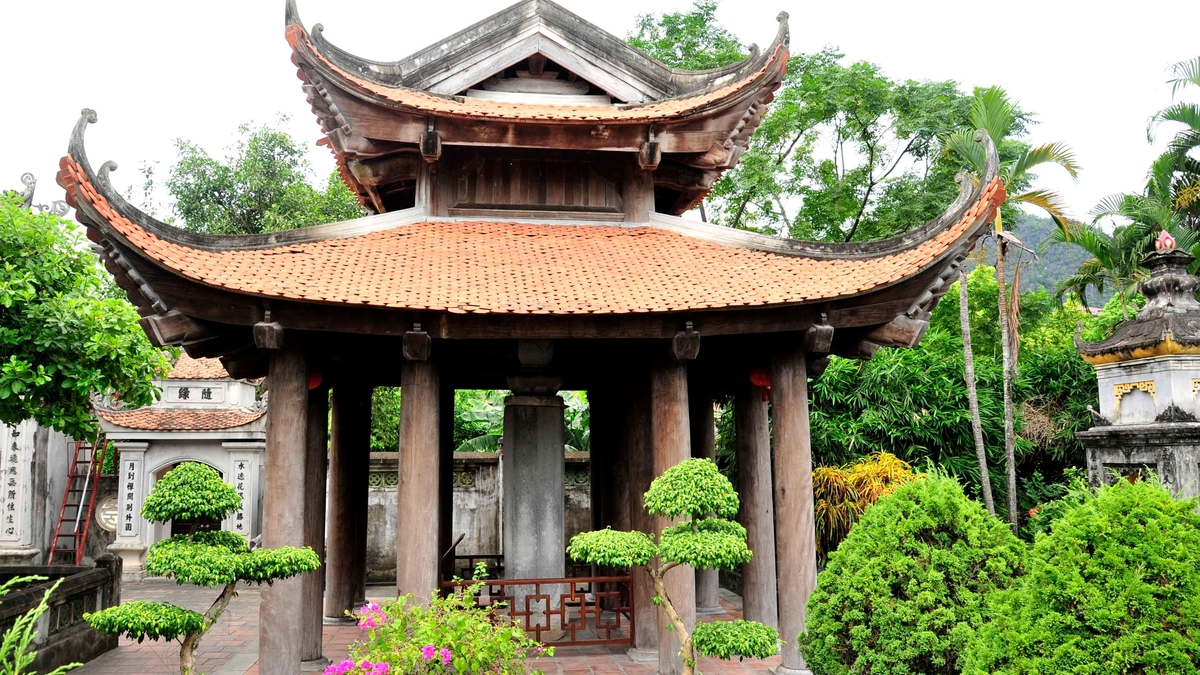


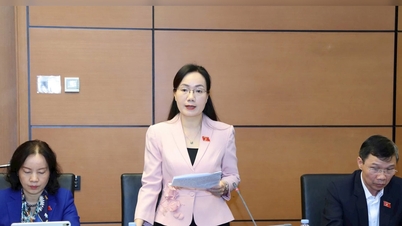

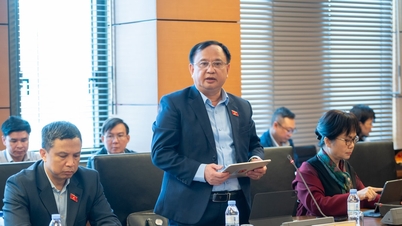

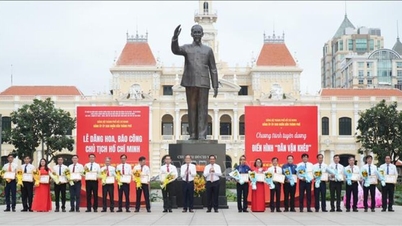









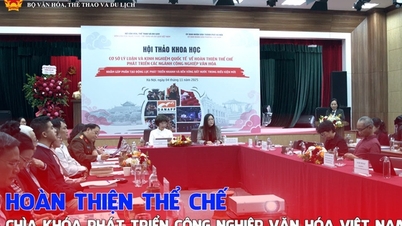
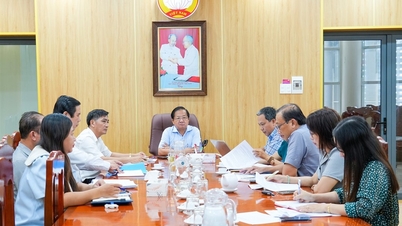
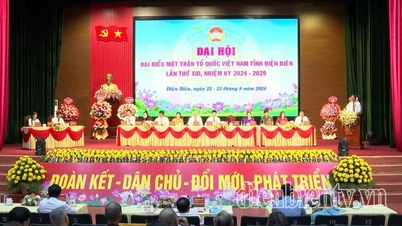
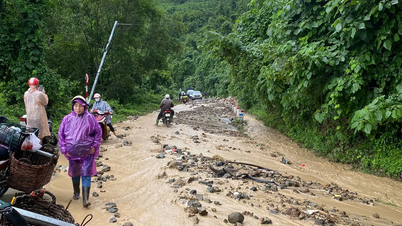

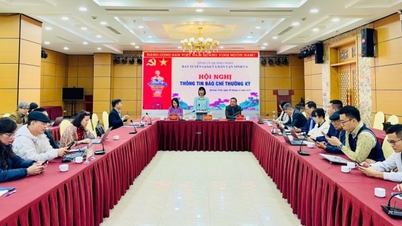
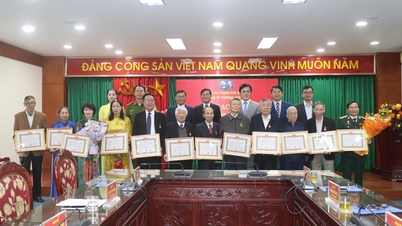





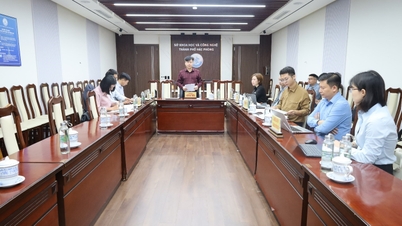











Comment (0)